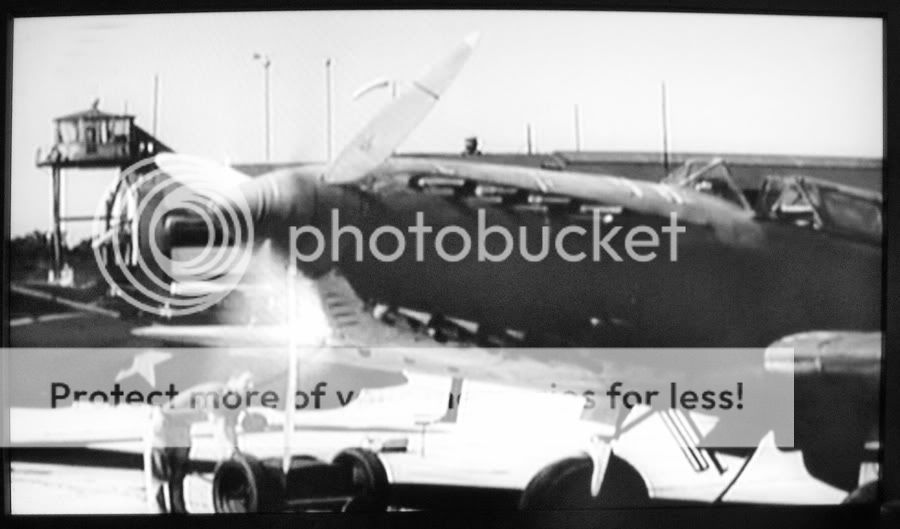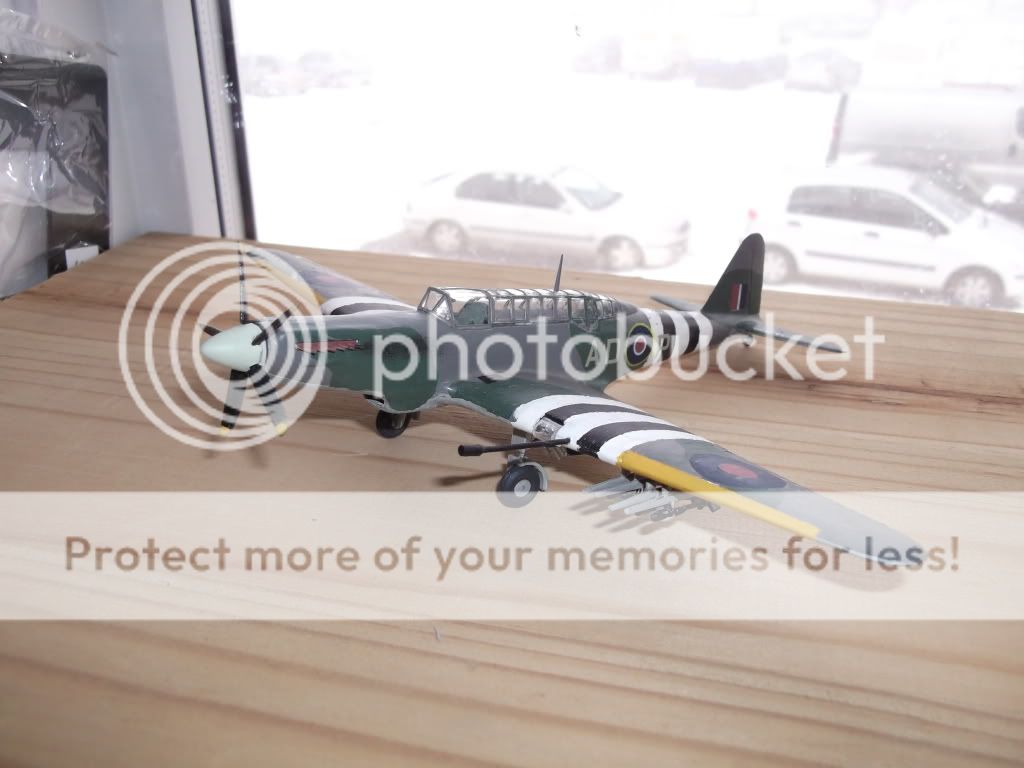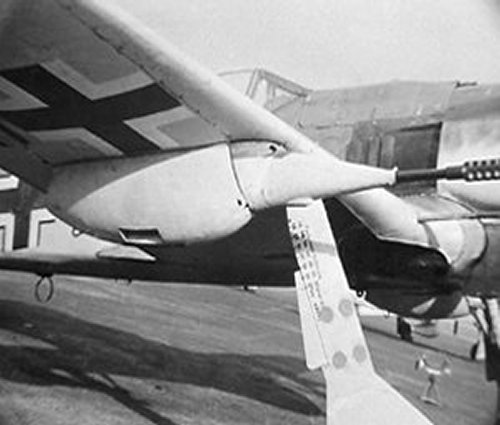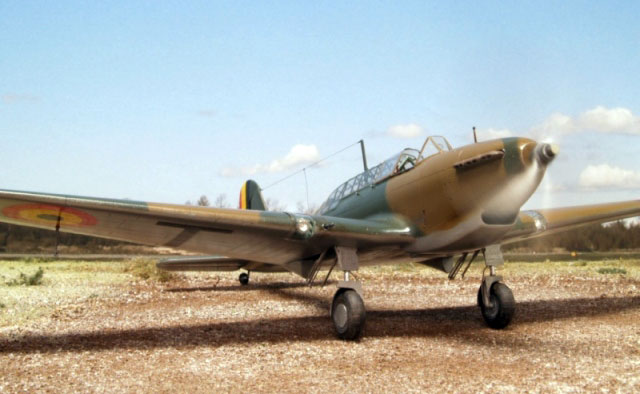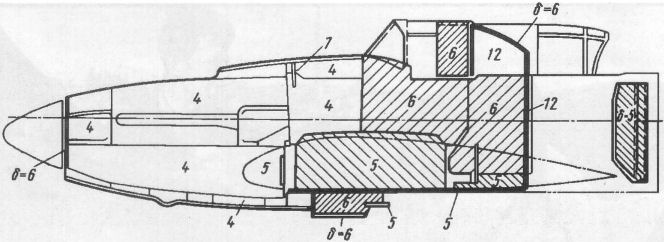plenka
Banned
I believe everyone here has at least heard about IL-2 Sturmovik, the Soviet WW2 ground attack aircraft. It is considered one of the best ground attack aircraft of the war, renown for its heavy armor and armament.
On the other hand we have the British Fairey Battle aircraft, a light bomber which was a god design when it first flew, but by 1940 was too slow, weakly armed and unarmored when compared to modern fighter aircraft.
So, was it possible that the Battle could be upgraded/modified before/during the WW2 to do the same task as the IL2?
I know that the British modified the Hurricane fighter into Hurribomber after BoB, and I know of its ultimate cannon armed variant with 40mm cannons. I also know of Hawker Typhoon fighter-bomber aircraft which was designed as interceptor, but ended up as ground attack aircraft?
On the other hand we have the British Fairey Battle aircraft, a light bomber which was a god design when it first flew, but by 1940 was too slow, weakly armed and unarmored when compared to modern fighter aircraft.
So, was it possible that the Battle could be upgraded/modified before/during the WW2 to do the same task as the IL2?
I know that the British modified the Hurricane fighter into Hurribomber after BoB, and I know of its ultimate cannon armed variant with 40mm cannons. I also know of Hawker Typhoon fighter-bomber aircraft which was designed as interceptor, but ended up as ground attack aircraft?

